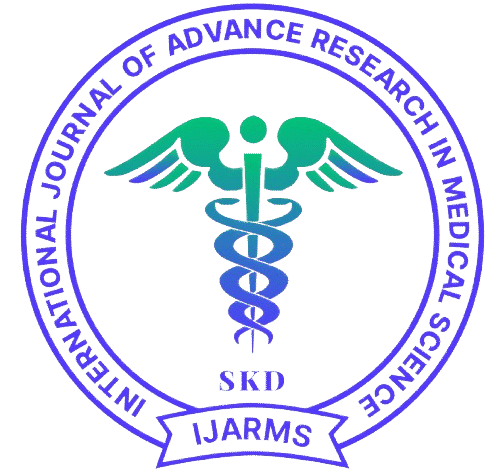Role of Pharmacists in Preventing Prescription and OTC Drug Abuse for Recreational Highs Anil
There are increasing reports of abuse of many types of prescription and over the counter drugs for recreational purposes. OTC drugs that are used recreationally to obtain psychoactive benefits, either alone or in combination with other substances. This work presents an overview of the ingredients, concentrate on a range of drugs(e.g. tradition medicines similar as quetiapine, gabapentinoids, Z- medicines, bupropion, venlafaxine and untoward drugs similar as loperamide, dextromethorphan, benzydamine, promethazine, chlorphenamine, diphenhydramine and hyoscinebutylbromide) that have manifested as abuse and diversion, or have previously been characterized through the literature, are also flagged by pharmaceutical companies’online websites reporting new trends and trials of drug abuse.
This rapidly changing medication script represents a challenge for pharmacies, psychiatry, and public health and drug control programs. Additionally, possibly due to the COVID-19 pandemic, medication use habits and voids have changed, leading to changes in behaviors related to both conventional and OTC medications. The healthcare guru should be cognizant of the inherent deviations from traditional medicines, respect cases of abuse, consider the possibility of polydrug abuse and help where possible. Pharmacists can avoid and reduce drug abuse, and should elaborate on appropriateness-based conduct to help understand the conditioning of drug abuse and the adverse effects of drug abuse.
Current and Emerging Trends in Antifungal Treatment: A Review Pratik N. Akhani
Nowadays, most of fungal infections such as candidiass can range from superficial mucous membrane infection to life threatening systemic mycoses. Candida infections give significant clinical problem globally due to most rapid rise in compromised host populations including HIV/AIDS, organ transplant recipients, and patients those are on chemotherapy. In addition to this, a sharp increase in the aging populations which are susceptible to fungal infections is expected in next few decades. Antifungal drugs for these problems are relatively difficult to develop compared to the antibacterial drugs owing to the eukaryotic nature of the cells. Therefore, only a handful of antifungal agents are currently available to treat the myriad of fungal infections. Moreover, the rising antifungal resistance and host-related adverse reactions have limited the antifungal arsenal against fungal pathogens.
Management of Claustrophobia: An Overview Sanaa Aziz, Madhuri Shringirishi
Claustrophobia, the well-known fear of being trapped in narrow/closed spaces, is often considered a conditioned response to traumatic experience. Surprisingly, we found that mutations affecting a single gene, encoding a stress-regulated neuronal protein, can cause claustrophobia. Gpm6a-deficient mice develop normally and lack obvious behavioral abnormalities. However, when mildly stressed by single-housing, these mice develop a striking claustrophobia-like phenotype, which is not inducible in wild-type controls, even by severe stress. The human GPM6A gene is located on chromosome 4q32-q34, a region linked to panic disorder. Sequence analysis of 115 claustrophobic and non-claustrophobic subjects identified nine variants in the noncoding region of the gene that are more frequent in affected individuals (P=0.028). One variant in the 3′untranslated region was linked to claustrophobia in two small pedigrees. This mutant mRNA is functional but cannot be silenced by neuronal miR124 derived itself from a stress-regulated transcript. We suggest that losing dynamic regulation of neuronal GPM6A expression poses a genetic risk for claustrophobia.
Toward a Greener Future: Sustainability in Pharmaceutical Manufacturing Jyoti Yadav, Rajesh Yadav, Shabana Zaffar, Tarun Pokhariya
The pharmaceutical industry is increasingly recognizing the need for sustainable practices to minimize its environmental impact. One of the most promising solutions to achieving sustainability is the adoption of green chemistry principles. Green chemistry focuses on designing chemical processes and products that reduce or eliminate the use and generation of hazardous substances. This article explores key innovations in green chemistry within the pharmaceutical sector, including solvent reduction and substitution, waste minimization, biocatalysis, process intensification, renewable feedstocks, and circular economy practices. These innovations not only contribute to environmental sustainability but also enhance process efficiency, reduce costs, and promote the use of safer chemicals. As these sustainable practices gain traction, they promise to reshape the pharmaceutical industry’s future, making drug production more environmentally friendly while maintaining product safety and efficacy.


